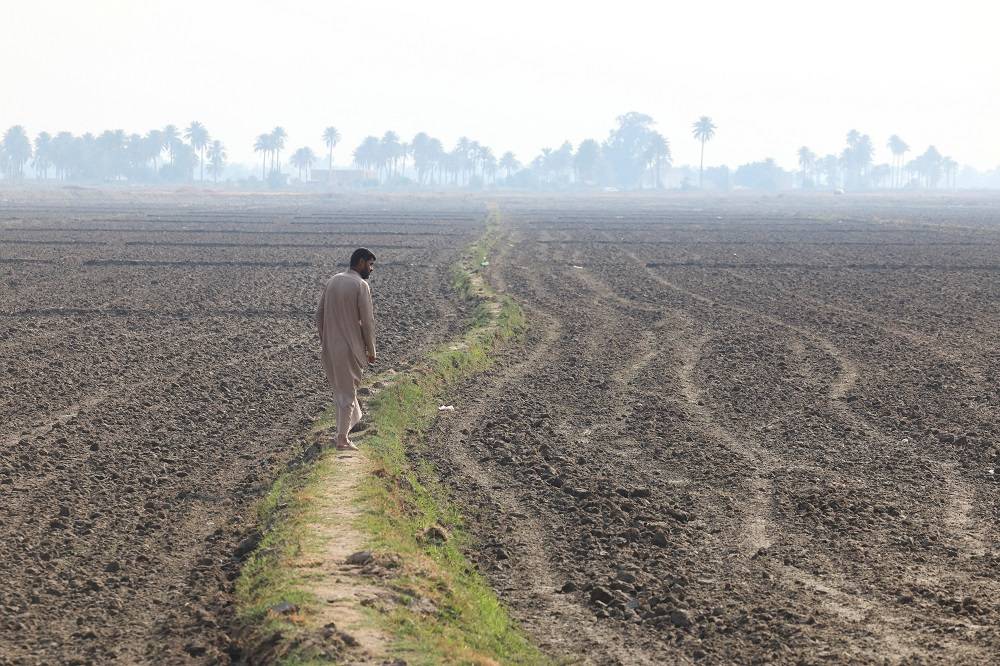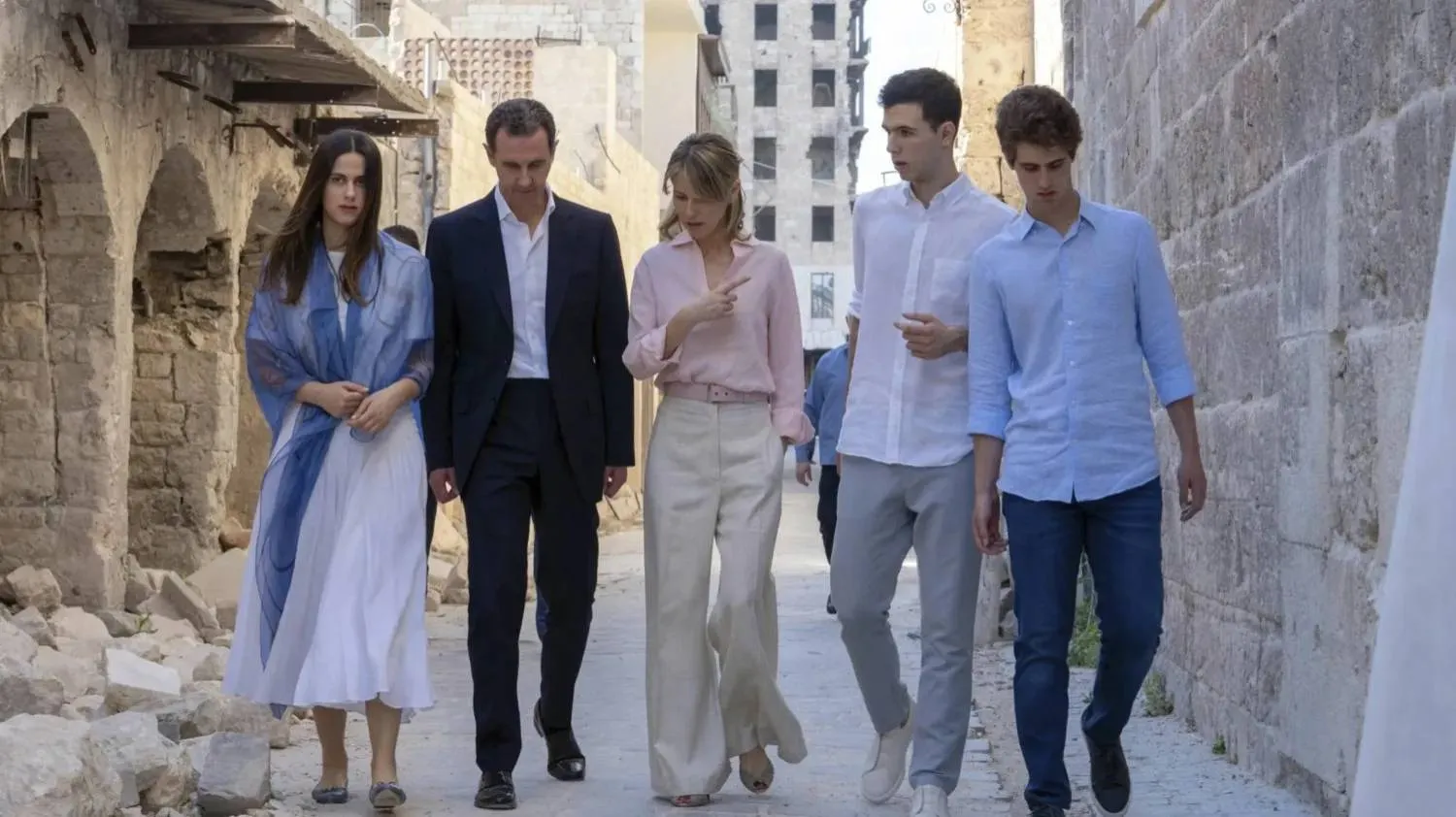A year after his regime was toppled in Syria, Bashar al-Assad's family is living an isolated, quiet life of luxury in Moscow.
A friend of the family, sources in Russia and Syria, as well as leaked data, helped give rare insight into the lives of the now reclusive family who once ruled over Syria with an iron fist.
Bashar now sits in the classroom, taking ophthalmology lessons, according to a well-placed source.
“He’s studying Russian and brushing up on his ophthalmology again,” a friend of the Assad family, who has kept in touch with them, told The Guardian.
“It’s a passion of his, he obviously doesn’t need the money. Even before the war in Syria began, he used to regularly practice his ophthalmology in Damascus,” they continued, suggesting the wealthy elite in Moscow could be his target clientele.
The family are likely to reside in the prestigious Rublyovka, a gated community of Moscow’s elite, according to two sources with knowledge of the situation. There they would rub shoulders with the likes of the former Ukrainian president Viktor Yanukovych, who fled Kyiv in 2014 and is believed to live in the area, according to The Guardian.
The Assads are not wanting for money. After being cut off from much of the world’s financial system by western sanctions in 2011 after Assad’s bloody crackdown on protesters, the family put much of their wealth in Moscow, where western regulators could not touch it.
Despite their cushy abode, the family are cut off from the elite Syrian and Russian circles they once enjoyed. Bashar’s 11th-hour flight from Syria left his cronies feeling abandoned and his Russian handlers prevent him from contacting senior regime officials.
Assad fled with his sons out of Damascus in the early hours of December 8, 2024, as Syrian opposition fighters approached the capital from the north and the south. They were met by a Russian military escort and were taken to the Russian Hmeimim airbase, where they were flown out of the country.
Assad did not warn his extended family or close regime allies of the impending collapse, instead leaving them to fend for themselves.
A friend of Maher al-Assad, Bashar’s brother and a top military official, who knows many former members of the palace said: “Maher had been calling Bashar for days but he wouldn’t pick up.”
“He stayed in the palace until the last second, opposition fighters found his shisha coals still warm. It was Maher, not Bashar, who helped others escape. Bashar only cared about himself.”
“It’s a very quiet life,” said the family friend. “He has very little, if any, contact with the outside world. He’s only in touch with a couple of people who were in his palace, like Mansour Azzam [former Syrian minister of presidency affairs] and Yassar Ibrahim [Assad’s top economic crony].”
‘Irrelevant’ to Putin
A source close to the Kremlin said Assad was also largely “irrelevant” to Putin and Russia’s political elite. “Putin has little patience for leaders who lose their grip on power, and Assad is no longer seen as a figure of influence or even an interesting guest to invite to dinner,” the source said.
In the first months after the Assads’ escape, his former regime allies were not on Bashar’s mind. The family gathered in Moscow to support Asma, the British-born former first lady of Syria, who had had leukemia for years and whose condition had become critical. She had been receiving treatment in Moscow before the fall of the Assad regime.
According to a source familiar with the details of Asma’s health, the former first lady has recovered after experimental therapy under the supervision of Russia’s security services
With Asma’s health stabilized, the former dictator is keen to get his side of the story out. He has lined up interviews with RT and a popular rightwing American podcaster, but is waiting for approval from Russian authorities to make a media appearance.
Russia appears to have blocked Assad from any public appearance. In a rare November interview with Iraqi media about Assad’s life in Moscow, Russia’s ambassador to Iraq, Elbrus Kutrashev, confirmed that the toppled dictator was barred from any public activity.
“Assad may live here but cannot engage in political activities ... He has no right to engage in any media or political activity. Have you heard anything from him? You haven’t, because he is not allowed to – but he is safe and alive,” Kutrashev said.
Assad children dazed
Life for the Assad children in contrast seems to continue with relatively little disruption, as they adjust to a new life as Moscow elite.
The family friend, who met some of the children a few months ago, said: “They’re kind of dazed. I think they’re still in a bit of a shock. They’re just kind of getting used to life without being the first family.”
The only time the Assad family – without Bashar – have been seen together in public since the end of their regime was at his daughter Zein al-Assad’s graduation on June 30, where she received a degree in international relations from MGIMO, the elite Moscow university attended by much of Russia’s ruling class.
A photograph on MGIMO’s official website shows the 22-year-old Zein standing with other graduates. In a blurry separate video from the event, members of the Assad family, including Asma and her two sons Hafez, 24, and Karim, 21, can be seen in the audience.
Two of Zein’s classmates who attended the ceremony confirmed that parts of the Assad family were present, but said they kept a low profile. “The family did not stay long and did not take any pictures with Zein on stage like other families,” said one of the former classmates, speaking on condition of anonymity.
Hafez, once groomed as Bashar’s potential successor, has largely withdrawn from public view since posting a Telegram video in February in which he offered his own account of the family’s flight from Damascus, denying they had abandoned their allies and claiming it was Moscow that ordered them to leave Syria.
Syrians quickly geolocated Hafez, who took the video while walking the streets of Moscow.
Hafez has closed most of his social media, instead registering accounts under a pseudonym taken from an American children’s series about a young detective with dyslexia, according to leaked data. The children and their mother spend much of their time shopping, filling their new Russian home with luxury goods, according to the source close to the family.










